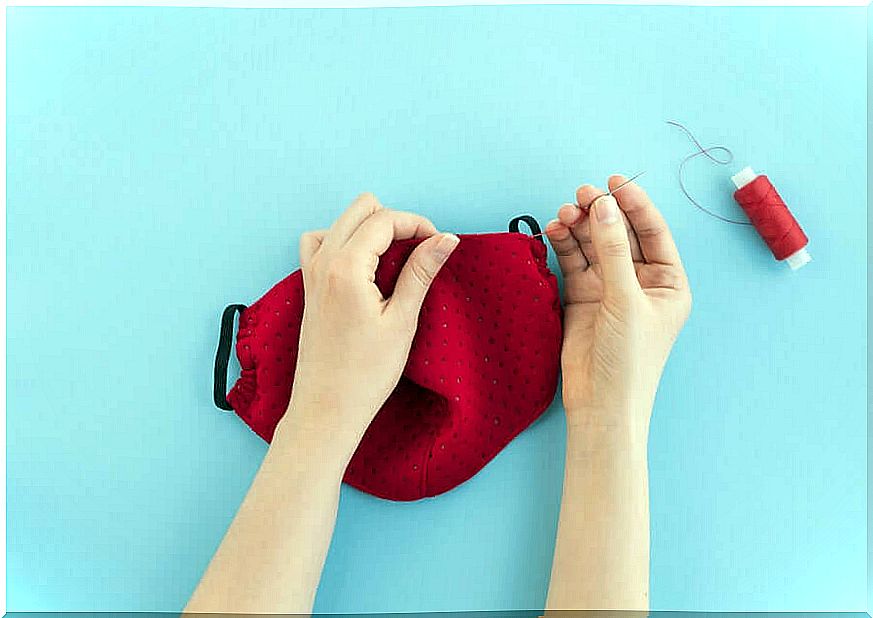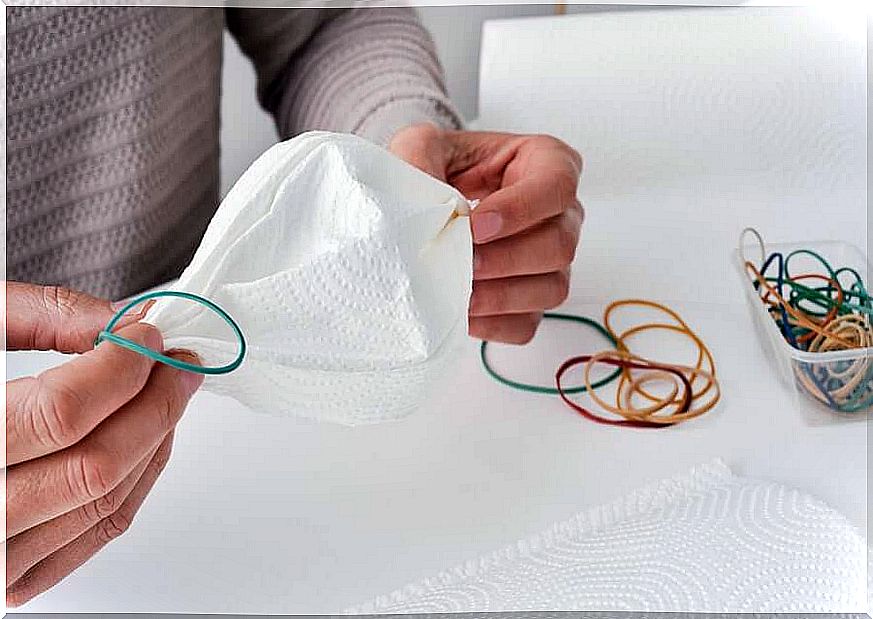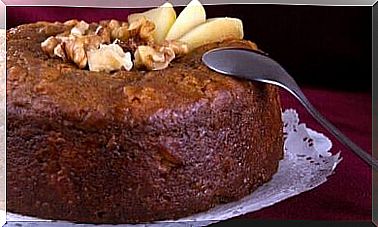Making Cloth Masks At Home?

The widespread use of cloth masks as a preventative measure to reduce the spread of Covid-19 continues to be the subject of debate. Nevertheless, the advice to make cloth masks in the absence of surgical or filter masks is increasingly widespread and to wear them especially in public places where it is difficult to maintain social distancing, such as the supermarket or pharmacy.
Although it is clear that they cannot avoid infection by themselves, they still represent a barrier capable of reducing or delaying the spread of the virus, especially in cases of asymptomatic people who are unaware that they can transmit the pathogen to other individuals. Can we make these masks at home?
The answer is yes. In the United States, the Centers for Disease Control and Prevention have shared some simple instructions that explain to citizens how they can make cheap cloth masks. Find out how to do it too!
3 tutorials for making fabric masks at home
Before sharing the tutorials for making cloth masks at home, we need to clarify an important aspect. the Centers for Disease Control and Prevention, the World Health Organization and other health authorities inform that these masks help slow the spread of the virus, but do not offer the same level of protection provided by surgical masks or FFP2 filter masks or FFP3 for medical use.
On the other hand, these bodies report that cloth masks should not be worn by children under the age of two, by patients suffering from respiratory problems or who are in a state of unconsciousness or by disabled people who are unable to take them off without help. With these aspects in mind, let’s now see how they can be achieved.
1. Stitched cloth mask
One of the most recommended materials for making cloth masks is cotton. Andrea Burón, spokesman for the Spanish Society of Public Health and Health Administration (SESPAS), explained to the Spanish newspaper El País that although there is no scientific evidence for this, cotton could be the most suitable material.
This is because it adapts well to the shape of the face, thus avoiding that the protection is reduced due to the presence of spaces between the skin and the mask. On the other hand, it is a fabric that does not irritate the skin, as other materials do.

Materials
- 2 rectangles of cotton of 25 cm by 15 cm
- 2 elastic strips, which can be fabric or hair bands or elastic bands
- Scissors
- Needle and thread
- Sewing machine
Instructions
- To begin, we cut the two rectangles of fabric according to the indicated measurements. It is important to use cotton of a certain thickness, because if it is too thin or worn its protective capacity is reduced.
- We make a small hem along the longer sides, half a centimeter (or a little more). Then we also fold 1.25 cm in the two short sides.
- We fix the hems with thread and insert the elastic band into the wider hem. These bands will support the ear mask.
- After introducing them into the hem, we tie the ends. Then we pull carefully to make sure that the knots remain inside the hem.
- We adapt the ends of the mask joined by the elastic, so that they adhere correctly to the face.
- Finally, we sew the elastic to prevent it from slipping and make sure it is tight.
2. Face mask made with a shirt and without seams
In the absence of needle and thread or because we prefer to avoid sewing, here is another simple tutorial to make face masks using an old shirt (which, however, must not be worn out).

Materials
- Old shirt
- Scissors
Instructions
- First, we will cut the bottom of the shirt, with a width of about 20 cm.
- We take the cut fabric and make another rectangular cut with dimensions between 15 and 17 cm.
- Now let’s make a cut in half of the strips that remain after eliminating the rectangle.
- We just have to tie the strips behind the neck and the top of the head, making sure that the mask is well adapted to the face.
3. Coffee filter mask and handkerchief
One last possibility that is suggested to us by the CDC to make our masks at home, also in this case without the need to sew anything, are those with a coffee filter and a handkerchief. It is important to clarify that in this case it is a disposable mask.

Materials
- 1 coffee filter
- Handkerchief of 50 cm by 50 cm
- 2 elastic bands
- Scissors
Instructions
- We cut the coffee filter to fit the handkerchief.
- We fold the handkerchief in half and insert the filter in the center of the folded handkerchief.
- Now we fold the top down and the bottom up.
- We introduce the elastic bands, separated from each other by about 15, 25 cm.
- We fold the side edges towards the center and insert one end inside the other.
- Finally, we check that the mask fits well on our face. For a second use, we throw the filter and bands in the trash and repeat the process.
Making cloth masks: tips not to be forgotten
Cloth masks alone cannot offer complete protection against the coronavirus. For this reason, it is important to use them carefully and wash them well before using them a second time. To get them clean again, just wash them in the washing machine.
On the other hand, when we remove them from the face, we must be careful not to touch the eyes, nose or mouth without first washing our hands. Proper hand washing should last at least 40 seconds.









